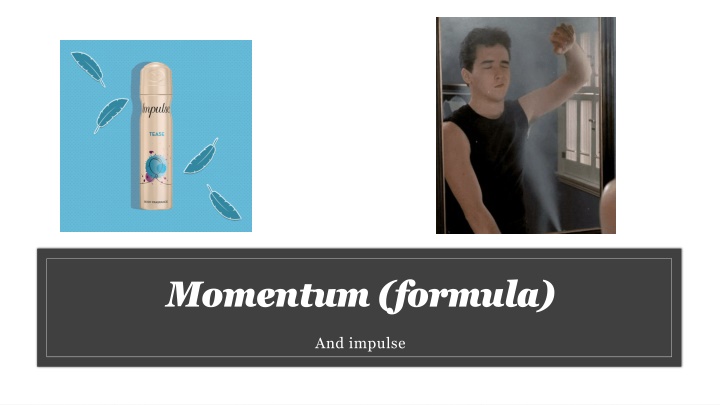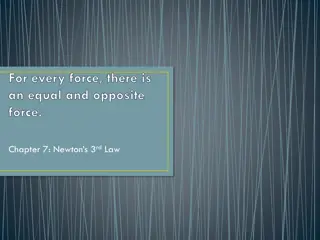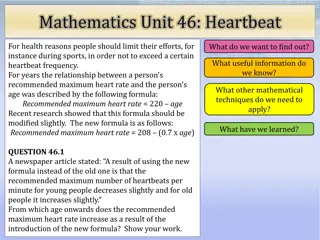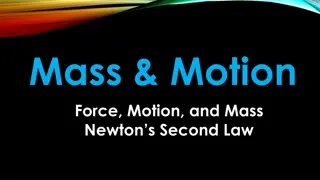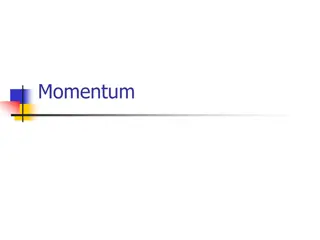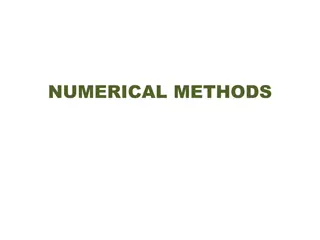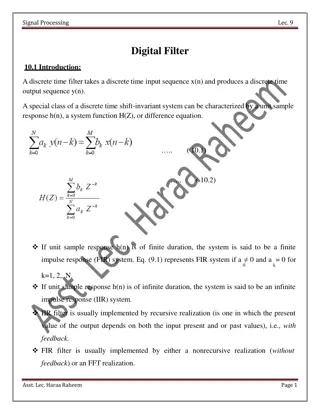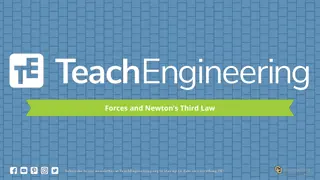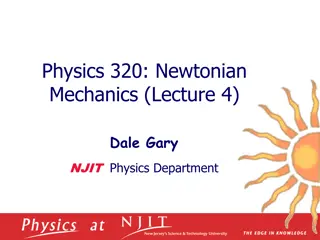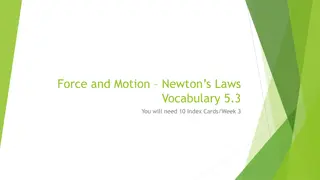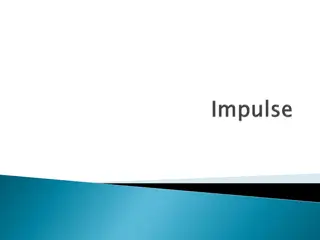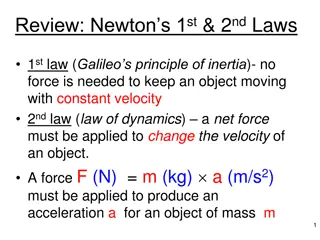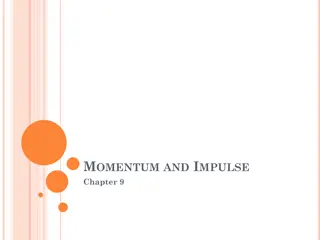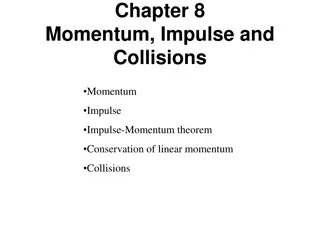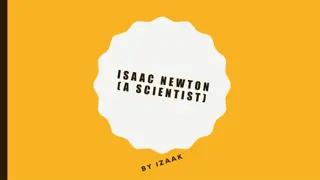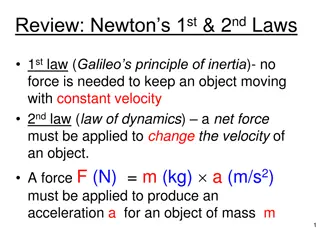Newton's Third Law & Impulse Formula
Newton's Third Law states that for every action, there is an equal but opposite reaction, impacting momentum and impulse. The change in momentum of one object is equal to the change in momentum of another. Impulse is calculated as the area under a force-time graph. Learn more about these fundamental concepts in physics.
Download Presentation

Please find below an Image/Link to download the presentation.
The content on the website is provided AS IS for your information and personal use only. It may not be sold, licensed, or shared on other websites without obtaining consent from the author.If you encounter any issues during the download, it is possible that the publisher has removed the file from their server.
You are allowed to download the files provided on this website for personal or commercial use, subject to the condition that they are used lawfully. All files are the property of their respective owners.
The content on the website is provided AS IS for your information and personal use only. It may not be sold, licensed, or shared on other websites without obtaining consent from the author.
E N D
Presentation Transcript
Momentum (formula) And impulse
Newtons Third Law For every action there is an equal but opposite reaction! ?1= ?2 We know ? = ?? therefore ?1?1= ?2?2 But ? =? ? so substituting ? ?1 ?1 ?1 ?2 ?2 ?2 ?1 = ?2 Now the time of contact is the same so t cancels giving ?1(?1 ?1) = ?2(?2 ?2)
?1(?1 ?1) = ?2(?2 ?2) Expand the brackets ?1?1 ?1?1= ?2?2+ ?2?2 Rearrange ?1?1 ?1?1= ?2?2 ?2?2 Now lets look what this means and rearrange it
?1?1 ?1?1= ?2?2 ?2?2 ?1?1 ?1?1is the change in momentum of object 1 ?2?2 ?2?2is the change in momentum of object 2 So this says The change in momentum of object 1 is equal to the change in momentum of object 2. (notice that if object 1 gains momentum, object 2 loses momentum) Isn t this another way of saying In the absence of external forces momentum is conserved
?1?1 ?1?1= ?2?2 ?2?2 momentum or p is called IMPULSE ?1 ?1 ? ?2 ?2 ? ?1= ?1 Impulse must also equal ?1? = ?1(?1 ?1) so also has units Ns = ?2= ?2
Force time graphs F 12 Impulse or change in momentum must also be equal to the AREA under an F-t graph t 5 0
Force time graphs F For force-time graphs: area under graph = Ft = p (change in momentum) = impulse Impulse = area under the graph = x 12 x 5 = 30 N s. 12 t 5 0
Impulse = area under the graph 1 5 1 10 = = ( 43N s ) ( + ) ( + ) ( + ) ( + ) 1 15 1 10 1 3
Impulse area under the graph bh = = = = = F bh bh bh + + + 1 1 1 2 2 2 ( 19 area under the graph Ft ) ( + ) ( + ) ( + ) 1 3 N s 1 3 1 5 3 8 1 1 1 2 2 2 8 Impulse Ft Ft = = = + + 3 ) ( + ) ( 19 ) ( + 1 1 5 1 4 3 t 1 1 2 2 N s 0 5 1 2
